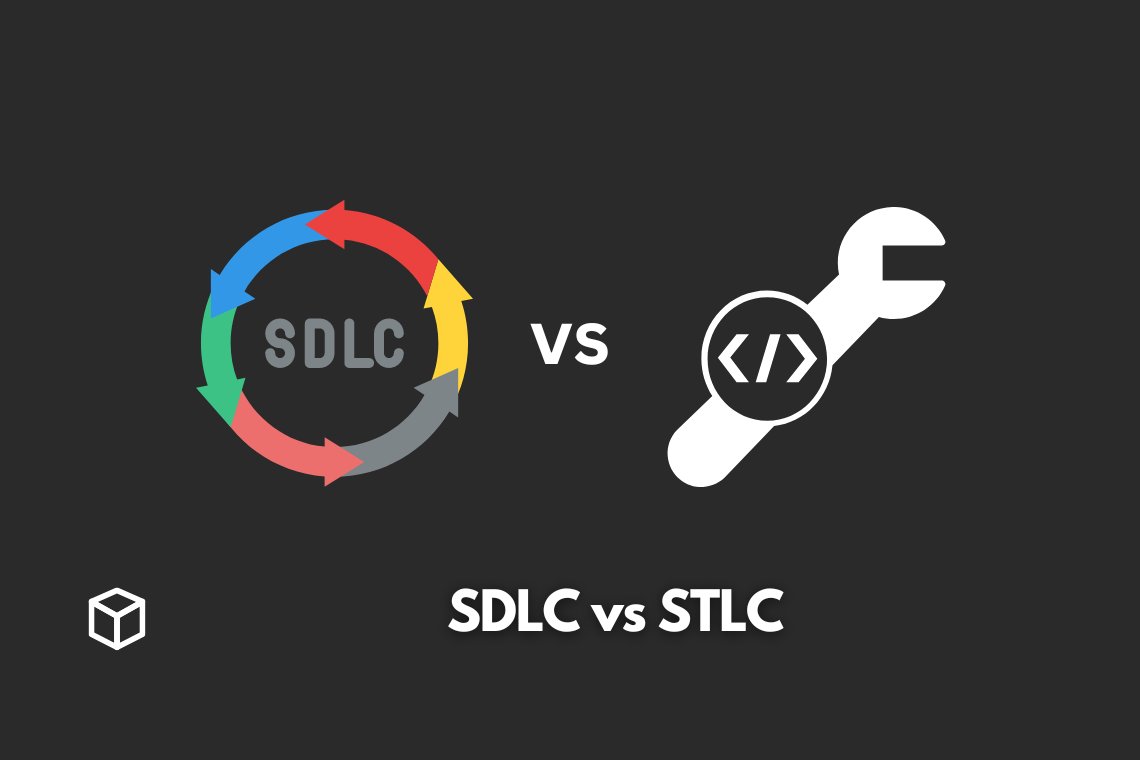Software development is a complex process that requires a systematic approach to ensure that the end product meets the requirements of the client and is of high quality.
Two of the most commonly used methodologies in software development are the Software Development Life Cycle (SDLC) and the Software Testing Life Cycle (STLC).
In this article, we will take a detailed look at both SDLC and STLC, understand the differences between them, and explore how they complement each other in the software development process.
What is SDLC?
SDLC, or Software Development Life Cycle, is a methodology that is used to plan, design, build, test, and deploy software.
The SDLC process is divided into several phases, each with its own specific objectives.
The phases of SDLC are:
- Planning: In this phase, the project team defines the project scope, goals, and objectives. They also create a project plan that includes timelines, resources, and deliverables.
- Analysis: In this phase, the project team conducts a thorough analysis of the requirements of the software. They also identify any potential risks or challenges that might arise during the development process.
- Design: In this phase, the project team creates a detailed design for the software, including the architecture, user interface, and overall look and feel of the software.
- Implementation: In this phase, the project team begins to build the software, using the design created in the previous phase as a guide.
- Testing: In this phase, the project team conducts a thorough testing of the software to ensure that it meets the requirements and is free of defects.
- Deployment: In this phase, the software is deployed to the production environment and made available to the end-users.
- Maintenance: After the software has been deployed, the project team provides ongoing maintenance and support to ensure that the software continues to function as expected.
What is STLC?
STLC, or Software Testing Life Cycle, is a methodology that is used to test software and ensure that it meets the requirements and is free of defects.
The STLC process is divided into several phases, each with its own specific objectives.
The phases of STLC are:
- Requirement Gathering and Analysis: In this phase, the testing team reviews the software requirements and identifies any areas that need to be tested.
- Test Planning: In this phase, the testing team creates a detailed test plan that includes the testing approach, test cases, and timelines.
- Test Case Development: In this phase, the testing team develops detailed test cases that will be used to test the software.
- Environment Setup: In this phase, the testing team sets up the testing environment, including the hardware and software needed to run the tests.
- Test Execution: In this phase, the testing team runs the test cases and records the results.
- Test Closure: In this phase, the testing team reviews the test results, documents any defects found, and formally closes the testing phase.
Differences between SDLC and STLC
While SDLC and STLC are both methodologies used in software development, there are some key differences between the two.
The main difference is that SDLC is focused on the development of the software, while STLC is focused on the testing of the software.
SDLC includes the planning, design, implementation, and deployment of the software, while STLC includes the testing of the software to ensure that it meets the requirements and is free of defects.
Another important difference between SDLC and STLC is that SDLC is a linear process, while STLC is an iterative process.
The SDLC process follows a linear progression, moving from one phase to the next in a predetermined order, while the STLC process may involve multiple iterations of testing until all defects have been identified and resolved.
Additionally, SDLC is typically led by the development team, while STLC is typically led by the testing team.
The development team is responsible for creating the software, while the testing team is responsible for evaluating the software and identifying any defects.
How the two processes complement each other
Despite the differences between SDLC and STLC, the two processes are closely interconnected and complement each other in the software development process.
SDLC provides a framework for the development of the software, while STLC provides a framework for the evaluation of the software.
Together, these methodologies ensure that the end product meets the requirements of the client and is of high quality.
During the SDLC process, the development team creates the software, while the testing team evaluates the software at various points throughout the process.
This allows the testing team to identify defects early on and provide feedback to the development team, helping to ensure that the software is free of defects before it is deployed.
Conclusion
In conclusion, SDLC and STLC are two important methodologies used in software development.
SDLC is focused on the development of the software and includes the planning, design, implementation, and deployment of the software, however STLC is focused on the testing of the software and includes the testing of the software to ensure that it meets the requirements and is free of defects.
Together, these methodologies ensure that the end product meets the requirements of the client and is of high quality.
If you are looking to implement SDLC or STLC in your software development process, it is important to understand the key differences between the two and how they complement each other.
If you have any doubts or clarifications, please feel free to leave comments or ask questions.




